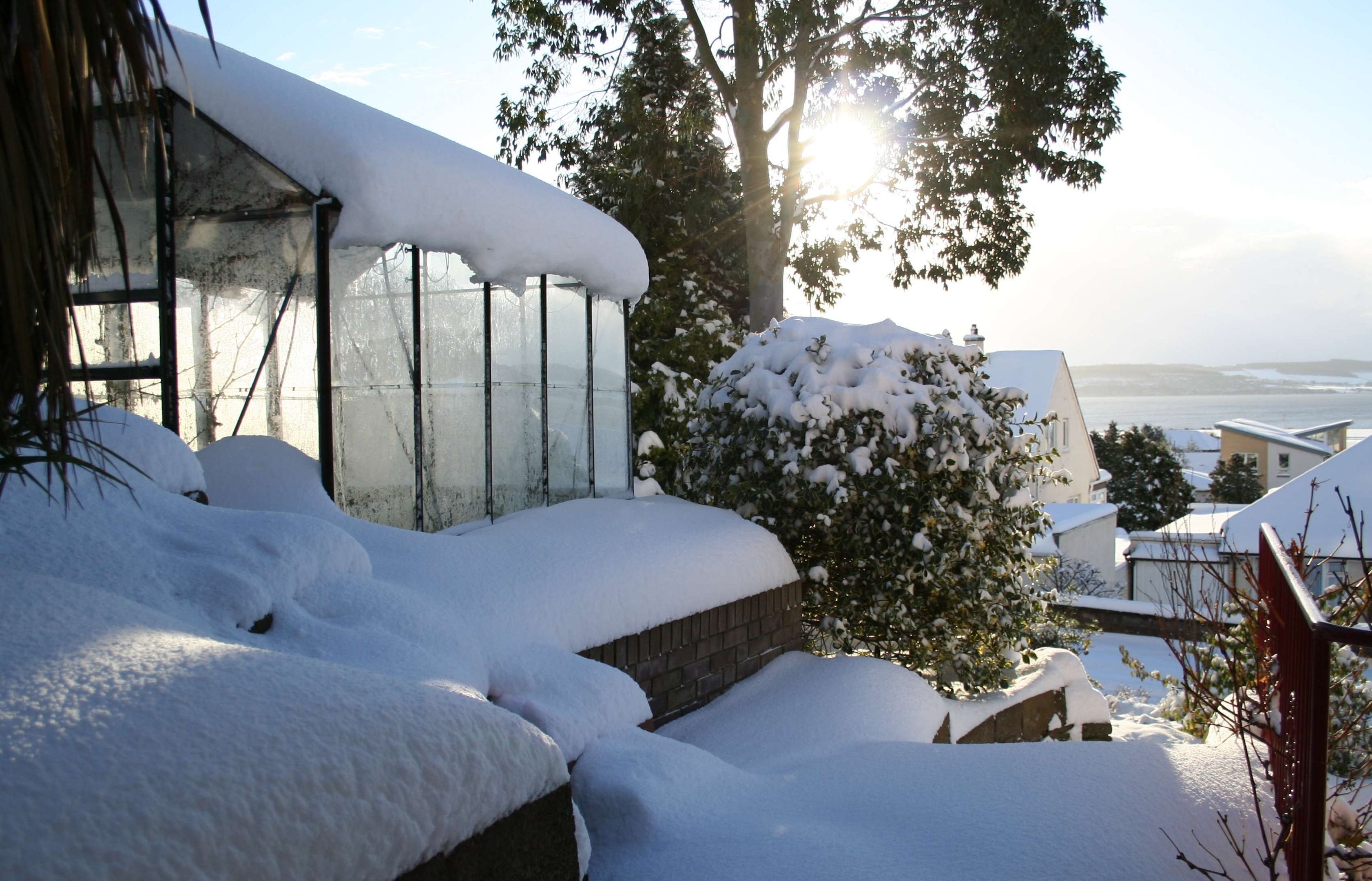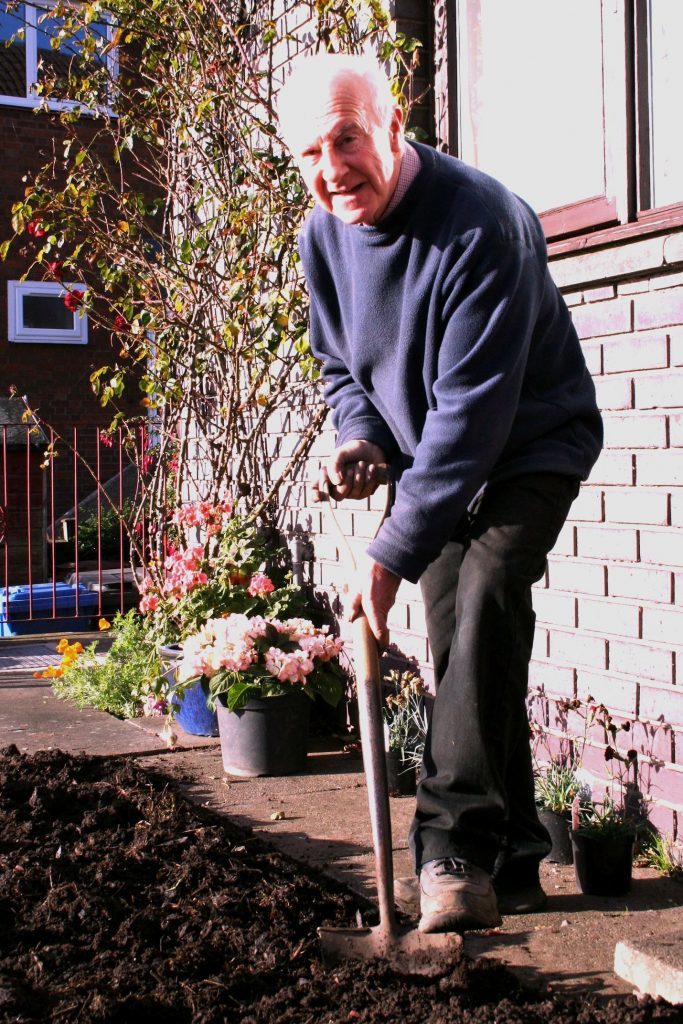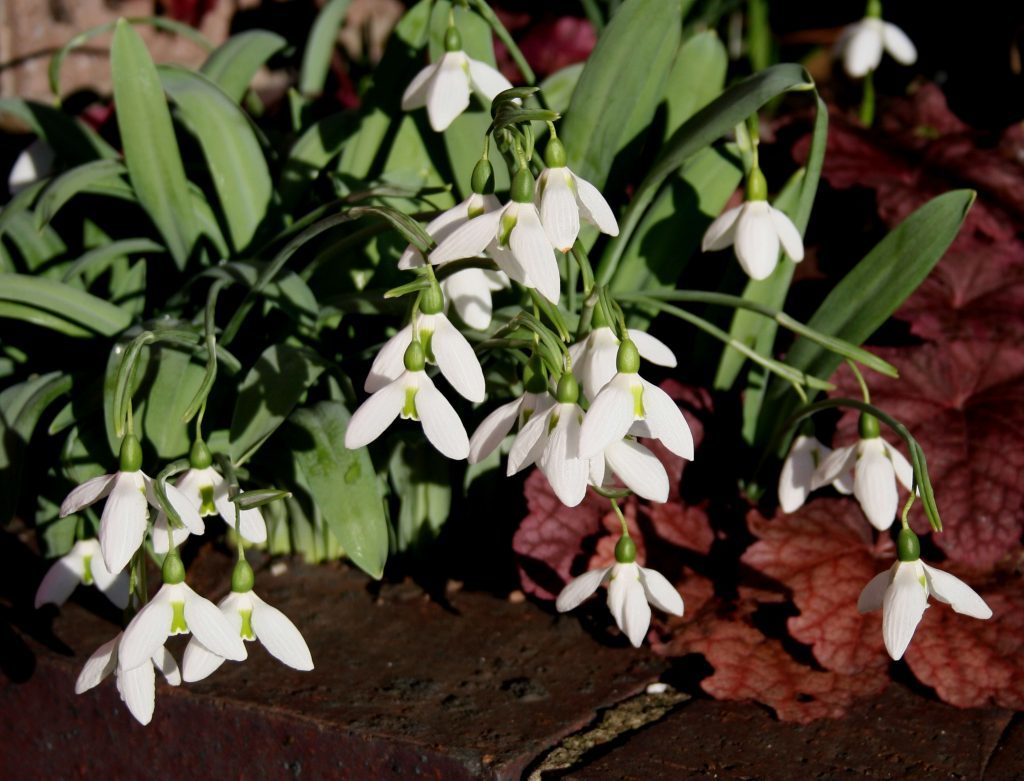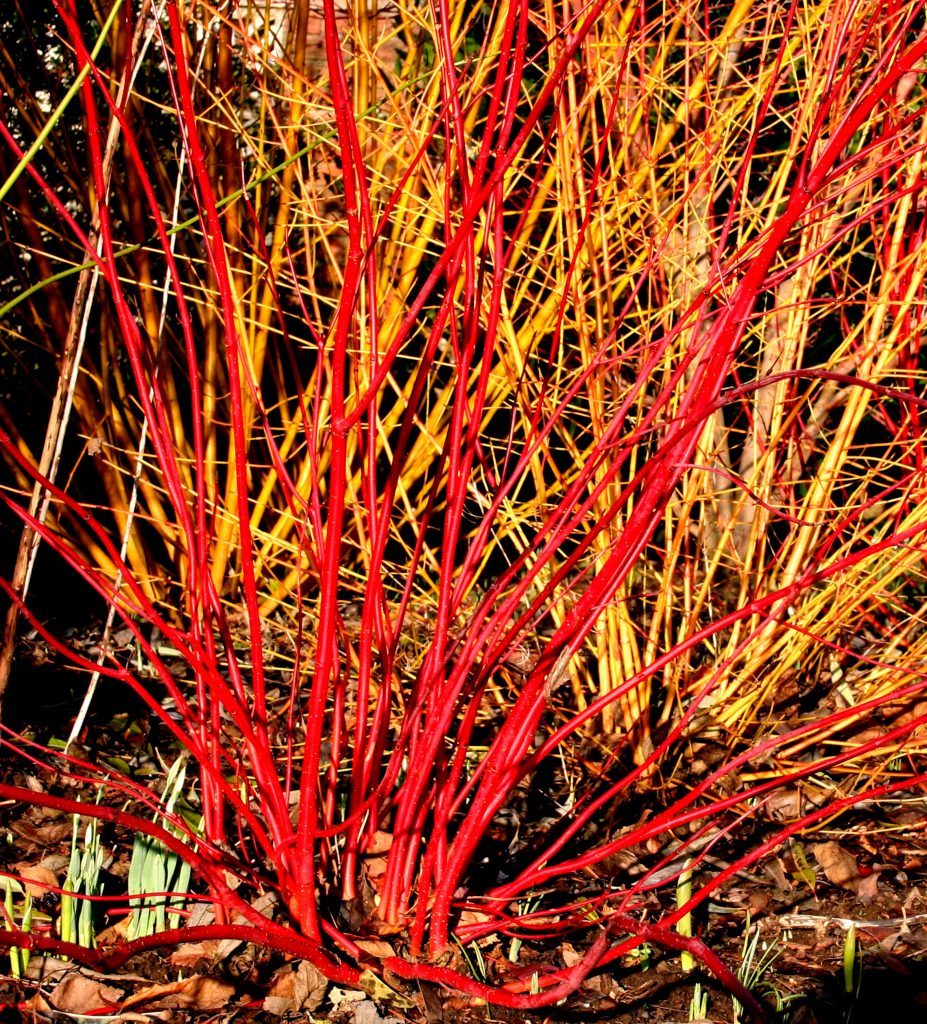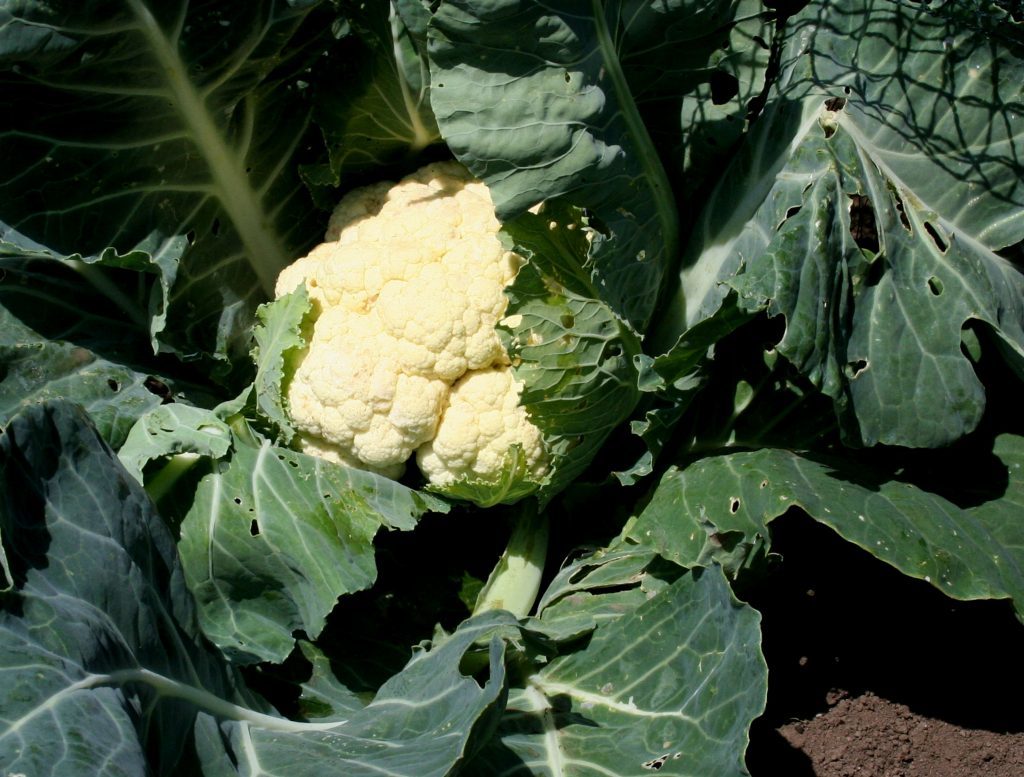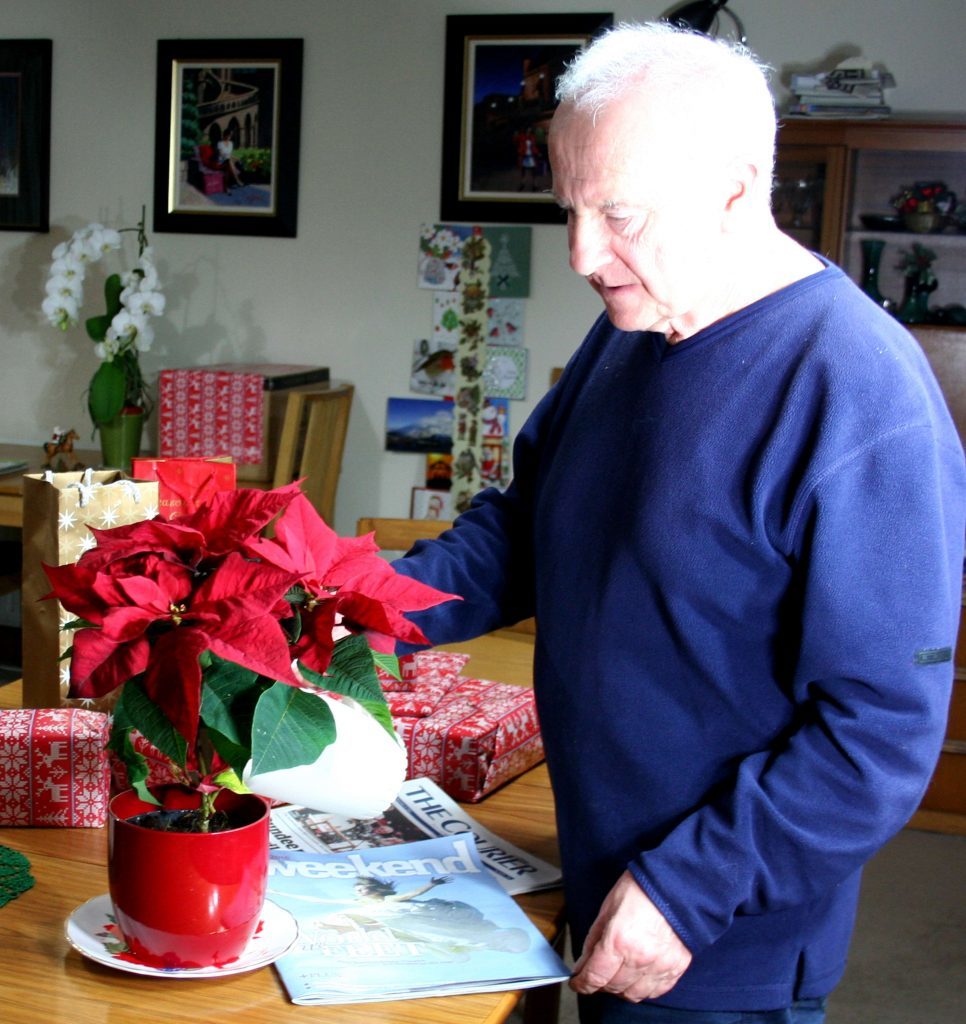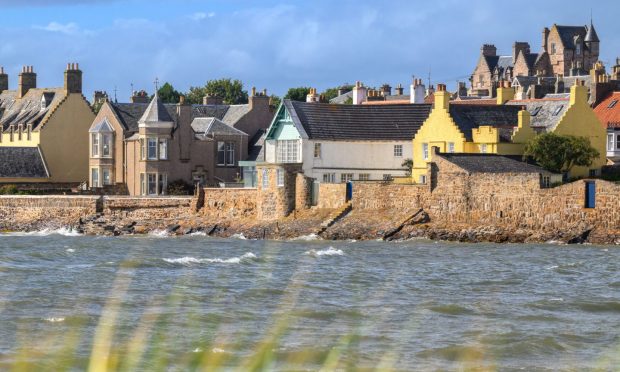The festive season is now well over, the Christmas tree and lights, is packed away for another year, and the bottles of amber nectar have been emptied, but plans for the garden and allotment are well advanced, so once my head clears a wee trip round the garden is on the cards, weather permitting.
Frost and snow and a few gales are most likely at this time of year, but there are always a few bright, but cold days when life in the garden struggles on.
The winter of 2010 was our last serious cold snap when I couldn’t even reach the greenhouse as the snow was so deep, but the grape vines and overwintering lettuce still survived.
However outdoors it was a different story as many plants of a more tender nature got wiped out.
Agapanthus, Leptospermum and my well established date palm paid the price. Eucalyptus lost a few leaves, but survived and Fuchsia Mrs Popple and my tall palm trees, Cordyline australis got cut down to ground level, but both came back again eventually.
We keep a close watch on the weather forecasters, but promises of heatwaves and threats of impending gloom as low pressure systems screaming across the Atlantic head in our direction, but often just miss Tayside.
It is this unpredictability that makes success in gardening quite an adventure.
However the sun is shining so I have a flower border in need of composting and digging before the snow arrives.
While outside adjacent to this border, is my grape vine border sheltered with south facing walls planted up with snowdrops quite happy to be in full flower from December through to February.
Even a covering of snow does them no harm as they will just wait till it melts then open up as normal.
Looking further afield you will see many other daffodils, crocus, tulips and aconites and other bulbs pushing up into daylight at every opportunity.
The yellow flowered climbing shrub Jasminum nudiflorum is another plant quite happy in a colder climate but ready to open up its flowers on a sunny day. Viburnum bodnantense Dawn with scented pink flowers is another charmer to brighten up the winter months, and Mahonia Charity can be quite striking as an architectural specimen in a heather garden with its long racemes of yellow flowers.
When you enjoy being in the garden twelve months of the year, not just from spring to autumn, you learn to grow those plants that are at their best in winter. The coloured stemmed Cornus, willow, Salix britzensis, green stemmed Kerrias, grey stemmed Rubus and coral red Maples are brilliant if mass planted in drifts.
If you have room add a white stemmed birch, Betula jacquemontii for size and drama, and at ground level plant more drifts of heathers at their best in winter. Erica carnea comes in white, pink and red flowers and Calluna Goldsworth Crimson and Beoley Gold have striking golden and bronze foliage enhanced after a few frosty days.
Up at the allotment we can still harvest fresh kale, a winter cabbage and cauliflower Aalsmeer as well as a few parsnips, leeks, Swedes and rocket. However no sprouts for me as I dug them all out after they failed to button up, though I am told blown sprouts are delicious in a stir fry. Too late!!!
Another dry sunny day and I can add some well rotted compost as a mulch around my fruit bushes, especially useful around gooseberries as it seems to stop attacks from sawfly maggot.
Leaves in the garden are now all raked up and added to my new compost heap mixed in with other garden debris from the autumn tidy up, so after a couple of months this will get turned and I hope to have good compost ready for spring planting of potatoes and early summer planting of courgettes and pumpkins that really benefit from plenty of organic matter to grow into and retain moisture.
As cold weather comes and goes keep checking the bird table for food and top up the water dish.
If the water is frozen, knock it out and replace with warmer water that will last a few hours before freezing up again.
Any apples going off in store are fine for the blackbirds once all the brown bits are cut off and it is sliced in half.
Wee jobs to do this week
Indoors, water and feed orchids, azaleas, amaryllis and poinsettias carefully, but don’t flood them. Give them light and some warmth, but keep well away from radiators and draughts.
